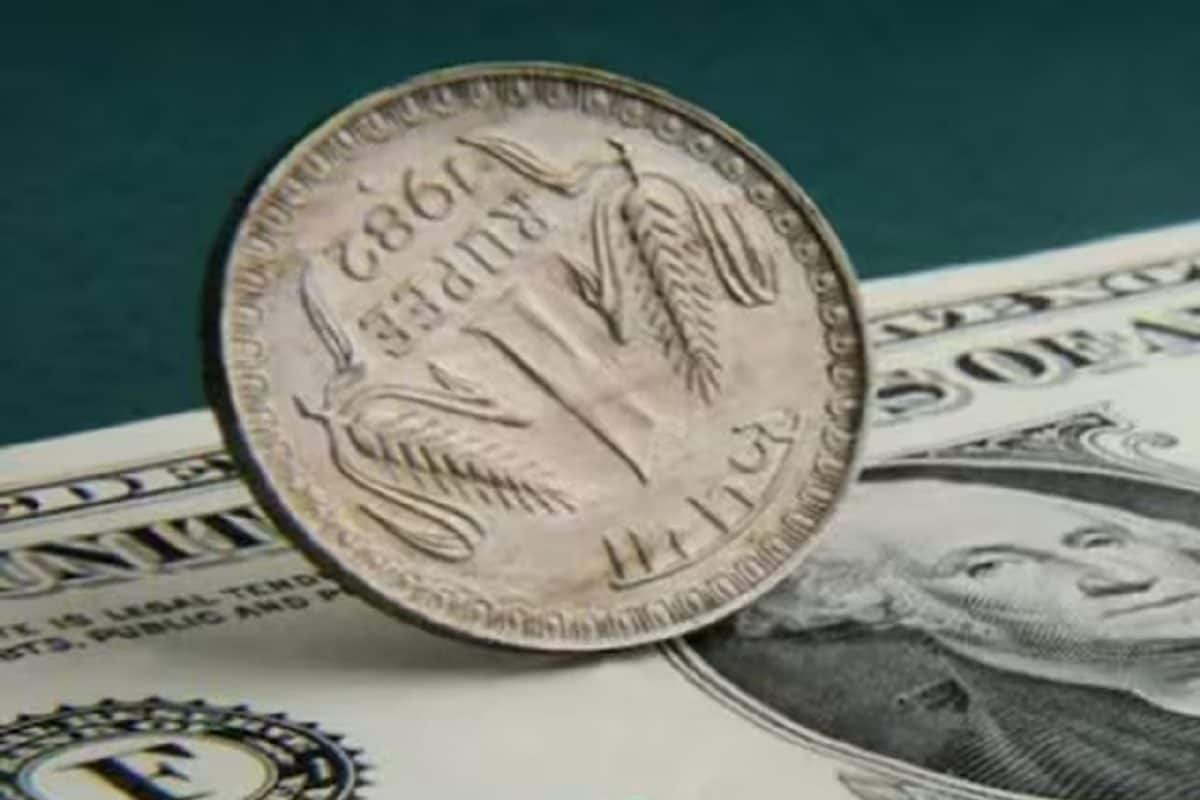India’s currency has a fascinating history, marked by moments of significant change and adaptation. Over the decades, various denominations have come and gone, reflecting the economic needs and policies of the time. At one point, the country saw the issuance of its highest denomination note ever, a rare and powerful symbol of value. Though it was eventually discontinued, this note remains a reminder of an era when such high-value currency circulated briefly, leaving its mark on the nation’s monetary landscape.
Highest Denomination Currency Note Ever Printed In India
The highest denomination note ever printed by the Reserve Bank of India was the ₹10000 note in 1938 which was demonetized in January 1946. The ₹10000 was again introduced in 1954. These notes were demonetized in 1978.
Language Panel on Banknotes
Fifteen languages appear in the language panel of banknotes in addition to Hindi prominently displayed in the centre of the note and English on the reverse of the banknote.
The Indian Rupee (INR)
The Indian currency is called the Indian Rupee (INR). One Rupee consists of 100 Paise. The symbol of the Indian Rupee is ₹. The design resembles both the Devanagari letter “₹” (ra) and the Latin capital letter “R”, with a double horizontal line at the top.
Legal Tender Definition
A legal Tender is a coin or a banknote that is legally tenderable for the discharge of debt or obligation.
Coinage and Legal Tender Limits
The coins issued by the Government of India under Section 6 of The Coinage Act, 2011, shall be legal tender in payment or on account provided that a coin has not been defaced and has not lost weight to be less than such weight as may be prescribed in its case. Coin of any denomination not lower than one rupee shall be legal tender for any sum not exceeding one thousand rupees.
Fifty paise (half rupee) coins shall be legal tender for any sum not exceeding ten rupees. While anyone cannot be forced to accept coins beyond the limits mentioned above, voluntarily accepting coins for amounts exceeding the limits mentioned above is not prohibited.
Legal Tender Banknotes
Every banknote issued by the Reserve Bank of India (₹2, ₹5, ₹10, ₹20, ₹50, ₹100, ₹200, ₹500 and ₹2000), unless withdrawn from circulation, shall be legal tender at any place in India in payment or on account for the amount expressed therein, and shall be guaranteed by the Central Government, subject to provisions of sub-section (2) Section 26 of RBI Act, 1934.
₹1 notes issued by the Government of India are also Legal Tender. ₹500 and ₹1000 banknotes of Mahatma Gandhi series issued up to November 08, 2016, have ceased to be Legal Tender with effect from the midnight of November 8, 2016.
Currency Printing Presses in India
Bank notes are printed at four currency presses, two of which are owned by the Government of India through its Corporation, Security Printing and Minting Corporation of India Ltd. (SPMCIL) and two are owned by the Reserve Bank, through its wholly owned subsidiary, Bharatiya Reserve Bank Note Mudran Private Ltd. (BRBNMPL).
The currency presses of SPMCIL are at Nasik (Western India) and Dewas (Central India). The two presses of BRBNMPL are at Mysuru (Southern India) and Salboni (Eastern India).
Coin Mints in India
Coins are minted in four mints owned by SPMCIL. The mints are located in Mumbai, Hyderabad, Kolkata and Noida. The coins are issued for circulation only through the Reserve Bank in terms of Section 38 of the RBI Act.
Right to Issue Banknotes
The Reserve Bank has the sole right to issue banknotes in India. Section 25 states that the design, form and material of bank notes shall be such as may be approved by the Central Government after consideration of the recommendations made by the Central Board of RBI.
Currency Supply and Quality Control
The Reserve Bank, in consultation with the Central Government and other stakeholders, estimates the quantity of banknotes that are likely to be needed denomination-wise in a year and places indents with the various currency printing presses for the supply of banknotes. The Reserve Bank in terms of its clean note policy, provides good quality banknotes to the members of the public.
With this objective in view, the banknotes received back from circulation are examined and those fit for circulation are reissued while the others (soiled and mutilated) are destroyed to maintain the quality of banknotes in circulation.
Role of RBI in Coin Distribution
In respect of coins, the role of RBI is limited to distribution of coins that are supplied by the Government of India. The Government of India is responsible for the designing and minting of coins in various denominations as per the Coinage Act, of 2011.

